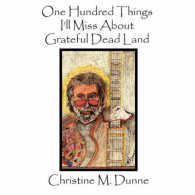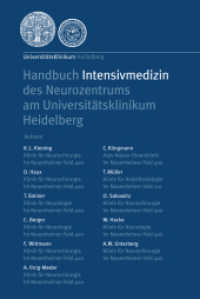- ホーム
- > 洋書
- > 英文書
- > Literary Criticism
Full Description
Money talked in sixteenth-century England, as money still does today. But what the sixteenth century's gold and silver had to say for itself is strikingly different from the modern discourse of money. As David Landreth demonstrates in The Face of Mammon, the material and historical differences between the coins of the English Renaissance and today's paper and electronic money propel a distinctive and complex assessment of the relation between material substance and human value.
Although the sixteenth century was marked by the traumatic emergence of conditions that would prove to be characteristic of the modern economy, the discipline of economics had not been invented to assess those conditions. The Face of Mammon considers how literary texts investigated these unexplained material transformations through attention to the materiality of gold and silver money. In new readings of Spenser's Faerie Queene, Marlowe's Jew of Malta, three plays by Shakespeare--King John, The Merchant of Venice, and Measure for Measure--the poetry of John Donne, and the prose of Thomas Nashe, Landreth argues that these texts situate the act of exchange at the center of a system of "common wealth" that sought to integrate political, ethical, and religious values with material ones, and probe the ways in which market value corrodes that system even as it depends upon it.
Joining the methods of material-culture studies to those of economic criticism, The Face of Mammon offers a new account of the historical transformations of the concept of value to scholars of early modern literature, culture, and art, as well as to those interested in economic history.
Contents
List of Illustrations
Acknowledgments
Introduction
Chapter 1: At Home with Mammon: Matter, Money, and Memory in The Faerie Queene and The Jew of Malta
Chapter 2: Monetary Policy: King John and Measure for Measure
Chapter 3: Dismembering the Ducat in The Merchant of Venice
Chapter 4: Wit without Money in Donne and Nashe
Afterword
Appendix: Tudor monetary units
Notes
Works cited
Index








